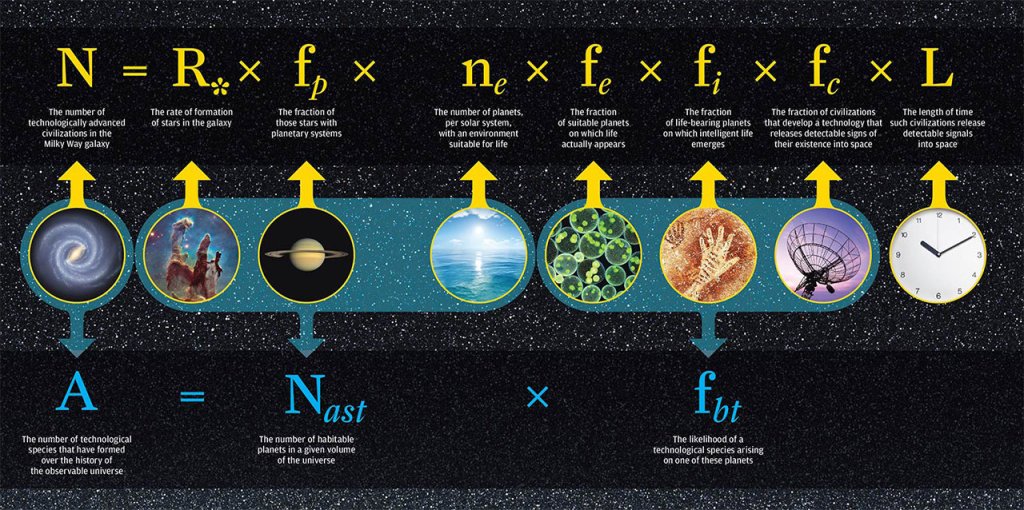As we all (hopefully) know, nothing can travel faster than the speed of light. Light-speed is the universal speed limit, and no matter or energy can move faster than it, including radio signals or other forms of communication. This limitation makes me rather pessimistic about deep-space exploration.
The Milky Way Galaxy is massive, at tens of thousands of light-years across. If a civilization sent a signal from one end of the Milky Way to the other, it would not be received for 100,000 years, assuming the signal travels at the speed of light. Communication between these two locations would be delayed to the point where it would become irrelevant; by the time a message was received, incalculable changes would have occurred on both worlds. The civilization which sent the signal may be unrecognizable, and they would receive a response 200,000 years later at the earliest, so the response would be directed at a very different version of them.
This goes to show the futility of long-distance communication on the galactic scale. Imagine how severe this problem would be on the universal scale, where these distances would be multiplied a millionfold.
It’s a bleak outlook, but it appears to me that any civilization attempting to expand beyond a single solar system would be hamstrung by this limitation on communication. They simply wouldn’t be able to communicate with extrasolar offshoots at anywhere near the speed necessary for that communication to be effective.
The only thing that could change this prognosis is the possibility of faster-than-light communication. Of course, this is only possible if our understanding of physics is fundamentally flawed, so it isn’t likely. Regardless, this is the only way extrasolar communication seems possible.









